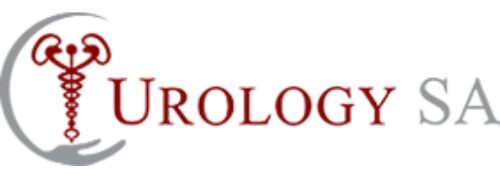Bladder tumour resection, also known as TURBT (transurethral resection of bladder tumour), is the most common treatment for early-stage or superficial bladder cancer—where the cancer has not yet spread into the bladder’s muscle layer.
TURBT is usually the first line of treatment for most patients, as up to 70% of bladder cancers are superficial at the time of diagnosis. In some cases, a second TURBT may be required to ensure complete removal of cancerous tissue.
At Urology SA, Dr Jehan Titus and Dr Jimmy Lam are highly experienced in performing TURBT procedures and provide a personalised, evidence-based approach to care.
Who is Suitable for TURBT?
TURBT may be recommended if you:
- Are suspected to have bladder cancer (TURBT helps confirm the diagnosis and assess the extent)
- Have been diagnosed with early-stage bladder cancer
- Have non-muscle-invasive bladder cancer (has not invaded the bladder’s muscle layer)
Benefits of TURBT
- Bladder-sparing procedure – only the tumour is removed
- No skin incisions – performed entirely through the urethra
- Minimal risk of bladder injury or infection
- Repeatable – can be safely performed again if cancer recurs or staging is needed
How is TURBT Performed?
- The procedure is performed under general or spinal anaesthesia
- A cystoscope (a thin telescope-like instrument) is inserted into the bladder through the urethra
- A wire loop is used to remove abnormal or cancerous tissue from the bladder lining
- No external cuts or stitches are involved
- Most patients stay in hospital 1–2 nights, with a urinary catheter in place to help the bladder heal
What to Expect After TURBT
- Light duties can usually be resumed within a few days
- Full recovery typically takes 2 to 4 weeks
- It is common to see blood in the urine for up to two weeks; this may come and go as the bladder heals
- You may also experience:
- Burning or stinging with urination
- Increased urinary frequency, urgency, or nocturia (night-time urination)
- These symptoms usually resolve within 2–4 weeks
- Antibiotics may be prescribed to help prevent infection
Procedure Outcomes
TURBT is typically the initial treatment for non-muscle-invasive bladder cancer. Tissue removed during the procedure is sent to a pathologist for microscopic examination to determine:
- The grade and stage of the cancer
- Whether cancer has invaded the bladder muscle
Depending on the pathology results:
- If the tumour has not invaded the muscle layer, TURBT may be curative, though additional treatments (e.g., intravesical chemotherapy or immunotherapy) may be recommended to reduce recurrence risk.
- If cancer has spread to the muscle, further treatments such as radical bladder surgery, systemic chemotherapy, or radiotherapy may be required.
Post-Operative Care Instructions
What to Expect:
- Blood in urine for 2–4 weeks (may be intermittent)
- Burning with urination, urgency, and frequency are common and part of the healing process
- Nocturia may persist temporarily
Returning to Activity:
- Driving: Avoid for 2 weeks, unless cleared by your surgeon
- Work: Time off will vary based on your job; your doctor will advise
- Lifting: Avoid heavy lifting for at least 2 weeks
- Exercise: Walking is encouraged, but avoid strenuous activity for 4 weeks
- Sexual activity: Avoid for 2 weeks
Pain Management:
- Use paracetamol or ibuprofen for pain relief
- Ural sachets (over the counter) can help relieve urinary burning
When to Seek Urgent Medical Attention
Please go to the nearest emergency department if you experience:
- Inability to urinate
- Large blood clots in the urine
- Severe abdominal pain or bloating
- Fever, chills, or flu-like symptoms (may indicate infection)
Follow-Up Care
Our team will contact you to arrange a follow-up appointment with your urologist to discuss your pathology results and plan the next steps in your treatment, if needed.
